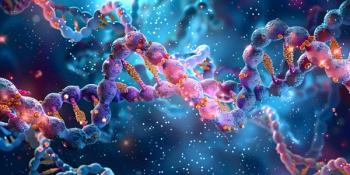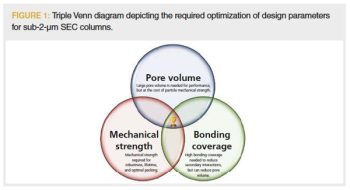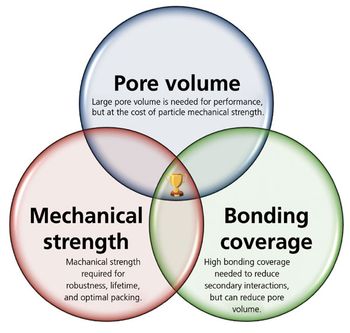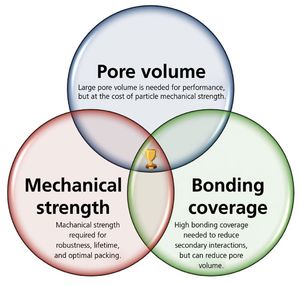Articles by Andrew Coffey

Hydrophilic interaction chromatography–mass spectrometry (HILIC-MS) offers a flexible and efficient alternative to ion-pairing reversed-phase liquid chromatography (IP-RPLC) for oligonucleotide analysis, with column selectivity and mobile phase pH being key factors in optimizing retention and detection.

Size-exclusion chromatography (SEC) is a mainstay in the biopharmaceutical industry, serving as a gold standard analytical tool for the characterization of therapeutic proteins in development and manufacturing settings. Contemporary SEC separations can be performed using columns packed with sub-2-μm particles, and these platforms offer the highest efficiencies available for the separation of monoclonal antibody monomer species from low- and high-molecular-weight product-related impurities. Compared to other chromatographic modes used to characterize proteins, SEC is unique in that analytes are not retained by the stationary phase. As a result, special care is required to achieve in practice the chromatographic efficiency that is expected in theory. In this article, we describe the fundamental aspects of achieving high performance using sub-2-μm SEC columns. In addition, we discuss trends in the biopharmaceutical industry, including challenges that can be addressed using modern size-exclusion technologies.

With SEC, special care is required to achieve in practice the chromatographic efficiency that is expected from theory.

This application note describes techniques to increase sample throughput without compromising the accuracy of analysis during the monitoring of aggregate formation during biotherapeutic development

This application note describes techniques to increase sample throughput without compromising the accuracy of analysis during the monitoring of aggregate formation during biotherapeutic development


Ion exchange is a perfect technique for analyzing large biomolecules such as proteins, peptides and oligonucleotides. These complex compounds contain numerous components (amino acids, nucleotides, glycans etc.) many of which possess a charged side chain or backbone.










